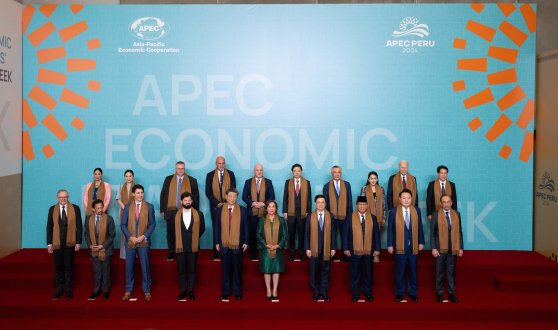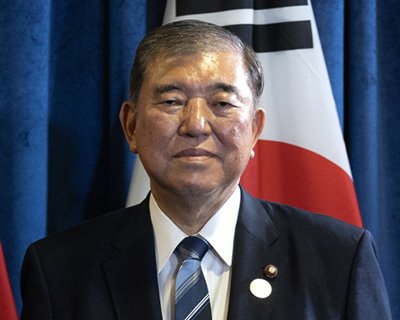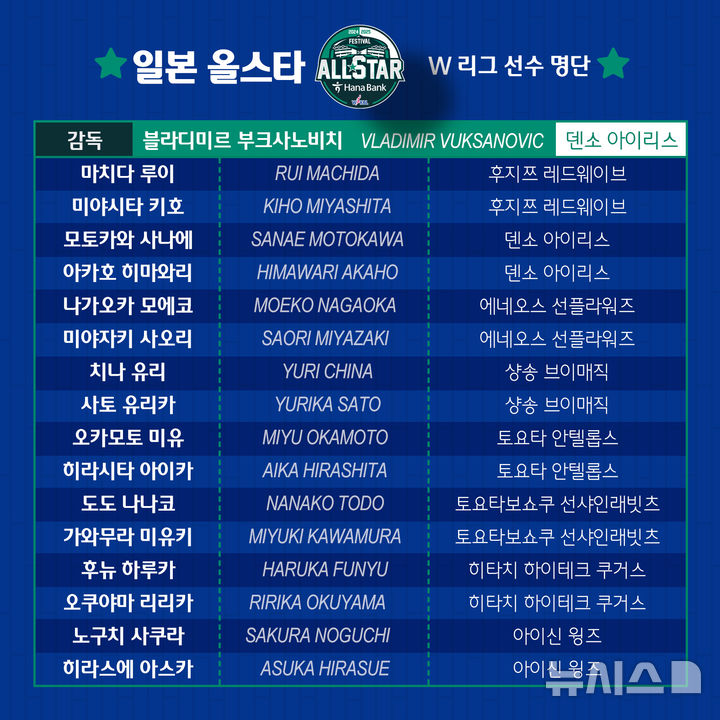Japanese Prime Minister Shigeru Ishiba (left) sits and shakes hands with Peruvian President during the APEC summit on the 15th. Kyodo News = Yonhap News
A series of articles are appearing in the Japanese media criticizing Prime Minister Shigeru Ishiba, who took office last month, for his immature diplomatic manners. Prime Minister Ishiba recently attended the Asia-Pacific Economic Cooperation (APEC) summit, where his diplomatic manners were questioned.
On the 21st, the Yomiuri Shimbun and Sankei Shimbun reported, “Prime Minister Ishiba was seen several times shaking hands with leaders of other countries who were standing while sitting on a chair, and he showed his lack of diplomatic experience by skipping group photos.”
Prime Minister Ishiba was seen sitting and shaking hands with Canadian Prime Minister Justin Trudeau, Malaysian Prime Minister Anwar Ibrahim, and Peruvian President Dina Boluarte who came to greet him at the APEC summit held in Peru on the 15th and 16th.
An official from Japan’s Ministry of Foreign Affairs pointed out in a media interview, “Normally, this is a scene where the new prime minister would walk around saying hello first, so people around him should have helped.”
At the summit meeting with Chinese President Xi Jinping held on the 15th on the occasion of the APEC summit, Prime Minister Ishiba shook President Xi’s hand with both hands, which also drew criticism in Japan. This is because in diplomatic ceremonies, it is common for both leaders to shake hands with their right hands to show equality.
A Japanese government official speculated, “It appears that the habit originated when shaking hands with voters during election campaigns.”

President Yoon Seok-yeol is taking a group photo with leaders attending the Asia-Pacific Economic Cooperation (APEC) Summit at the Lima Convention Center in Peru on the 16th (local time). Presidential Photo Reporter Group = Reporter Kim Hyun-dong
Prime Minister Ishiba’s failure to take a group photo at the APEC summit also drew criticism. It was late because we were visiting the grave of former Peruvian President Alberto Fujimori, who died last September.
It is said that a visit to former President Fujimori’s grave was suddenly added to the schedule because Prime Minister Ishiba wanted it.
Prime Minister Ishiba is evaluated as having little diplomatic experience compared to previous prime ministers. Former Prime Minister Shinzo Abe served as Prime Minister for a total of 8 years and 8 months, the longest in history, and former Prime Minister Fumio Kishida served as Foreign Minister for over 4 years.

Japanese Prime Minister Shigeru Ishiba is taking a commemorative photo prior to the summit meeting with President Yoon Seok-yeol at a hotel in Lima, Peru, on the 16th (local time). News 1
However, Yomiuri evaluated, “Prime Minister Ishiba made efforts to ensure safe operation while inheriting the diplomatic line of the previous Kishida cabinet at the APEC summit in Peru and the G20 summit in Brazil on the 18th and 19th.”
At his first summit with U.S. President Joe Biden during the APEC summit, Prime Minister Ishiba emphasized his policy of maintaining former Prime Minister Kishida’s diplomatic line, including strengthening the U.S.-Japan alliance and cooperation between Korea, the U.S. and Japan.
In addition, during the meeting with President Xi, the establishment of a ‘strategic relationship of mutual benefit’ was reaffirmed as promised by former Prime Minister Kishida and President Xi in November of last year.
On the other hand, Yomiuri reported that Prime Minister Ishiba did not mention his idea of an Asian version of NATO (North Atlantic Treaty Organization).
Yomiuri observed that “summit diplomacy will become even more important once U.S. President-elect Donald Trump, who prefers direct negotiations between leaders, takes office,” and that “it is unclear whether we will be able to build a good relationship (with President-elect Trump) like former Prime Minister Abe.” .
Reporter Ha Soo-young [email protected]

**To what extent do Professor Sato and Mr. Tanaka agree or disagree on the significance of Prime Minister Ishiba’s perceived diplomatic faux pas, and what are their respective justifications?**
## Interview: Prime Minister Ishiba’s Diplomatic Debut
**Introduction:**
Welcome to World Today News. Today we’re discussing the recent performance of Japan’s new Prime Minister, Shigeru Ishiba, at the APEC summit. Joining us are Professor Akemi Sato, a specialist in Japanese politics, and Mr. Hiroto Tanaka, a foreign policy analyst. Welcome, both of you.
**Section 1: Diplomatic Faux Pas**
* **Moderator:** The article highlights several instances where Prime Minister Ishiba’s diplomatic manners were questioned, including handshakes while seated and missing a group photo. Professor Sato, how significant are these perceived lapses in diplomatic etiquette, particularly for a new Prime Minister on the world stage?
* **Moderator:** Mr. Tanaka, do these incidents reflect a lack of experience on Ishiba’s part, or are there other cultural factors at play here?
* **Moderator:** The article mentions that Ishiba’s habit of shaking hands with both hands might stem from his election campaign style. How do you think this translates to a diplomatic setting, and what are the potential implications?
**Section 2: Continuity and Change in Japanese Diplomacy**
* **Moderator:** The article notes that Ishiba emphasized maintaining former Prime Minister Kishida’s diplomatic line, particularly regarding the U.S.-Japan alliance and ties with South Korea. Mr. Tanaka, how do you see this continuity affecting Japan’s position in the region?
* **Moderator:** While maintaining continuity, are there any areas where you anticipate Ishiba might introduce new policies or approaches?
* **Moderator:** Ishiba reportedly refrained from mentioning his idea of an Asian version of NATO. Professor Sato, what might explain this decision, and what are the potential ramifications for Japan’s security strategy?
**Section 3: The Trump Factor**
* **Moderator:** The article raises concerns about Prime Minister Ishiba building a strong relationship with the incoming US President Donald Trump. Mr. Tanaka, how significant a challenge do you think this will be for Japan?
* **Moderator:** Professor Sato, what diplomatic strategies might Ishiba employ to navigate a potential shift in US foreign policy under Trump?
* **Moderator:** Looking ahead, what are the key takeaways from Ishiba’s performance at the APEC Summit and what can we expect from his diplomatic efforts in the future?
**Closing:**
Thank you both for sharing your insights. This has been a fascinating discussion on a critical moment in Japanese diplomacy. We’ll continue to follow Prime Minister Ishiba’s progress and explore its impact on Japan’s role in the world.

